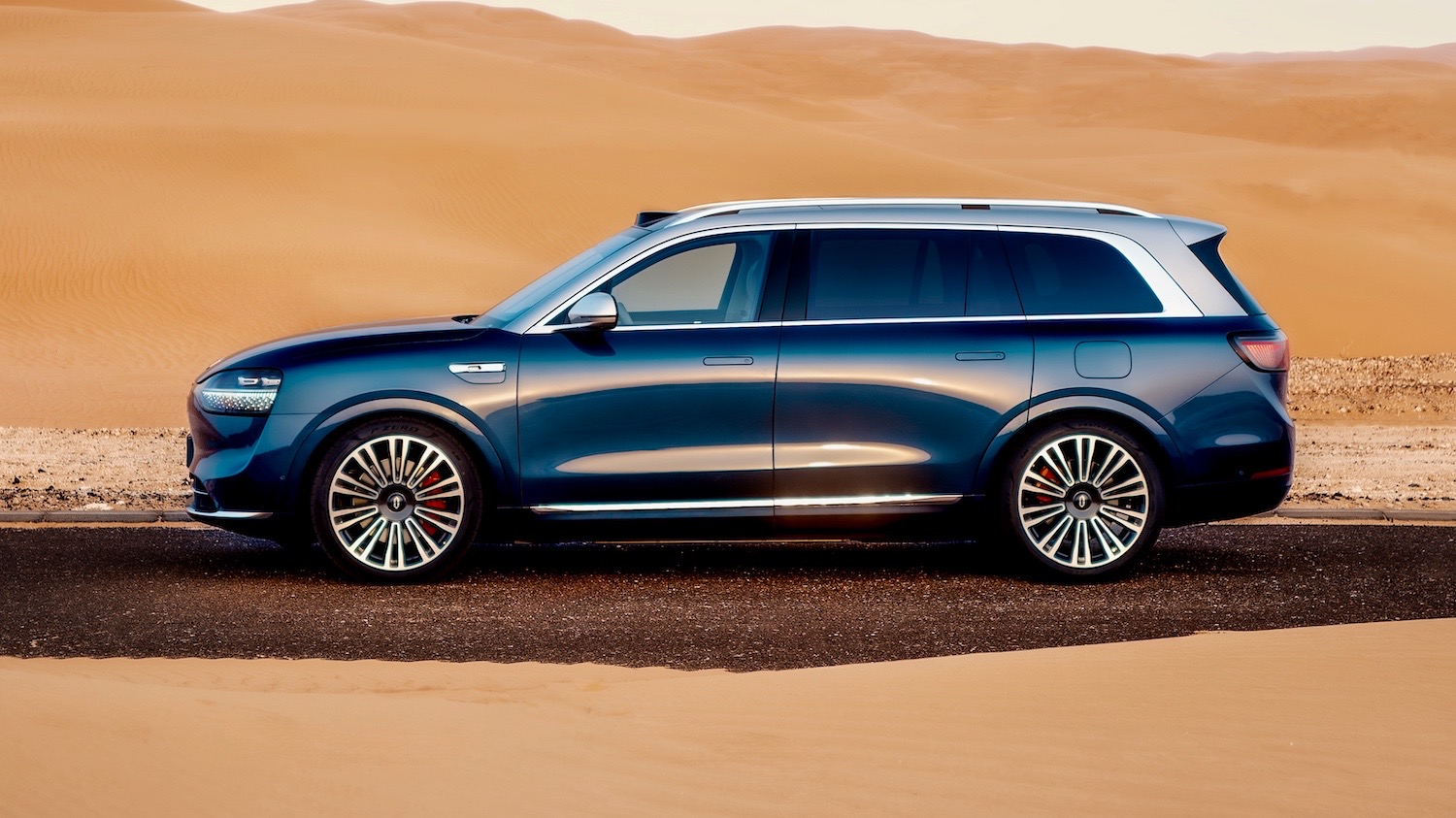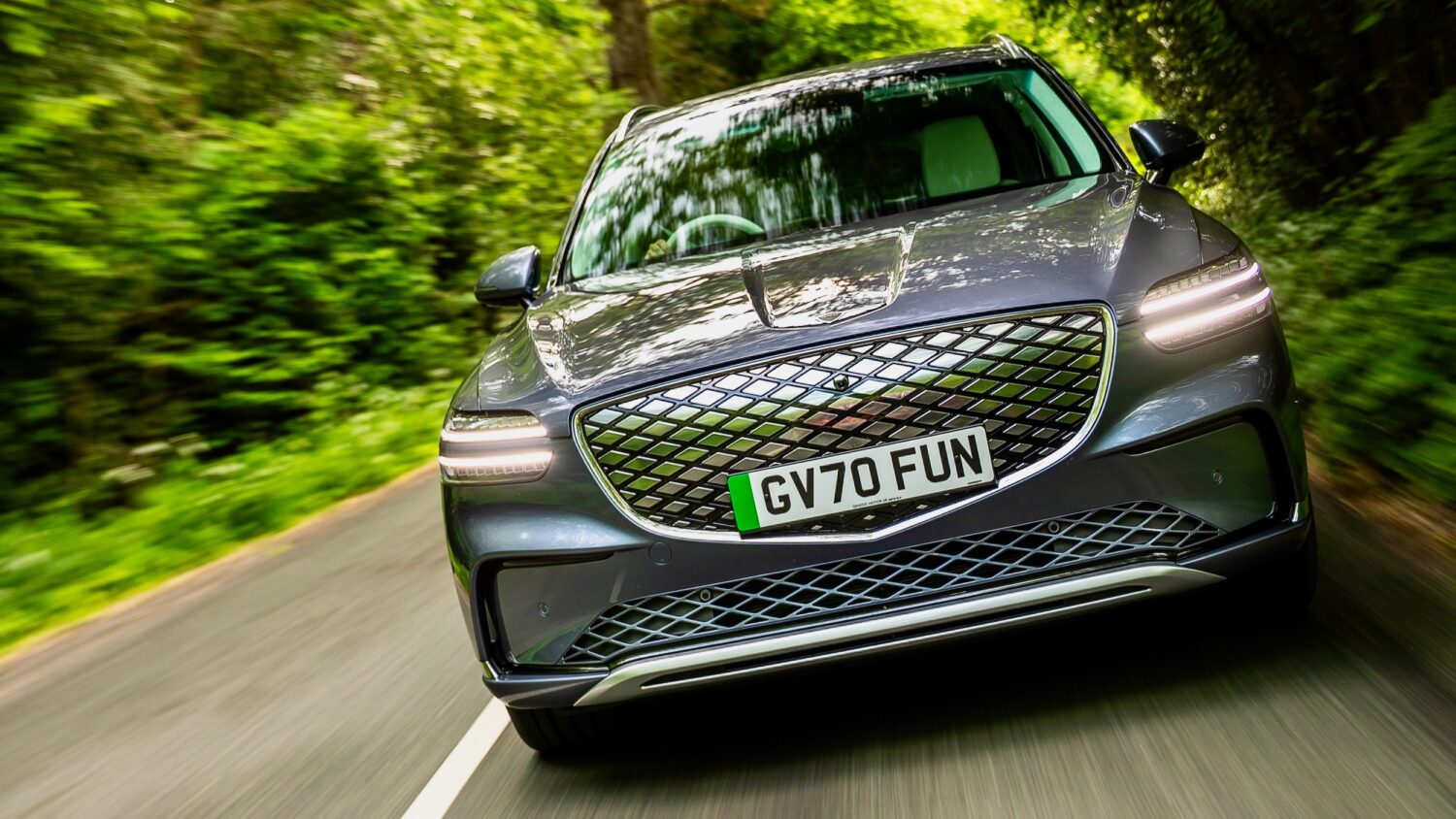There are no bad cars today, according to the standard wisdom that goes around the saloon bar.
Even if the cliché holds true, however, all cars will not be good to the same extent. Some might be merely good; some could be very good; occasionally, one might even deserve to be called great.
In witness whereof, I give you the latest Ford Kuga, the All- New Skoda Karoq and the Volvo XC60 – all of which have recently been delivered to our house for a week’s loan (calling me lucky doesn’t begin to cover it).
For anybody whose motoring memories go back more than 25 years, every one of these cars is breathtakingly, unbelievably good.
Build quality is at a level that only, perhaps, Mercedes could have approached in the 1980s (check out those ineffable shut lines).
Engine efficiency, drivetrain wizardry, suspension sophistication and driving dynamics are all at undreamt-of levels of quality. Electronic aids and accessories are from another planet. If you could have got your hands on today’s Kuga ST-Line X in 1990, you might have imagined it could only have been built by Lexus at the upper limits of their game.
Even today, when the market for mid-range SUVs teems with choices like a Moroccan souk, the Focus-based Kuga offers really endearing depths of quality as a good, safe family car with a wide range of practical adaptability. Since its 2016 facelift, giving it the front end shared with other Ford SUVs such as the Edge and the EcoSport, the Kuga has also acquired a measure of brio in its looks, which previously were largely indistinguishable from the Toyota RAV4 to which it is a direct competitor.
Internally, the Kuga is not far short of Audi quality. Ford’s latest SYNC3 system was fitted as standard in our ST-Line version, with six speakers and eight-inch colour touchscreen combining controls for Bluetooth, audio, climate control, navigation and emergency assistance. Along with all that knick-knackery, we also got 19” black alloy wheels, a big spoiler, panorama sun-roof, retractable tow-bar and a tailgate that closes when you wave a foot beneath it (if you are able to stand on one leg with a carrier-bag in your hands, that is.
The 180 bhp two-litre TDCI with all-wheel drive on our car turns out a fair lick of torque and gives this full five-seater SUV straight-ahead performance that is more than adequate in a family bus. Steering, road-holding and ride are all irreproachable (though the six-speed automatic gearbox occasionally got stuck in second and had to be helped to see the error of its ways through the paddle-shifts on the steering wheel).
The £34295 on the road price on our car was inflated by more than a grand to £35915 with a clutch of extras. I can’t help feeling that’s a lot of money to pay for a Ford but it places the Kuga squarely in the middle of the price range for competitors such as VW’s Tiguan and Seat’s Alteca.
So I probably would have thought this good car was a pretty reasonable buy if the place of the Kuga on our drive hadn’t immediately been taken by Skoda’s Karoq.
Here is what you might call a very good car. That is if you can avoid calling it a rude name.
No doubt the moniker for this car sounds different in Czech but it seems like tempting fate for Skoda to give a car a name that can so easily contract to its disadvantage in the pub: “Tell me the name again of that Skoda you said you were driving? A crock, was it?”
Then again, it doesn’t entirely help the Karoq to be styled so closely like the bigger Kodiaq that it is practically indistinguishable unless the two cars are standing side-by-side.
Even so, the Karoq is unquestionably the best deal among Golf-based SUVs in a class flooded with competitors. Our SEL version with 1.5-litre TSI engine had an all-in price £10000 less than the Kuga. It may have lacked the panoramic sunroof and the rear spoiler but its Braga alloy wheels were only an inch smaller than the Kuga’s and its colour touchscreen was the same size at eight inches. In addition, that cheaper price buys you LED lights, chrome roof rails, heated front seats, VarioFlex seats, Alcantara upholstery, front parking sensors, a rear-view camera and keyless entry.
The interior may not aspire to Audi standards but it is top-notch Skoda, which means it more pleasing to look at and to use than any non-premium manufacturer’s efforts. As to standards of manufacture and finish, the Kuga assuredly is perfectly good yet the Karoq stands apart with a quality all its own. Not even the doors on a 1980s Mercedes would close with a more reassuring thonk than the ones on this Karoq.
Our Karoq was faster, yet more economical than the Kuga and its smaller, higher-efficiency engine delivered 50+ mpg – so it got off the mark with a clutch of advantages. In progress, it proved to be serenely composed, with minimal clatter from tyres and engine and only a flutter of wind noise around the chunky wing mirrors. Gearchange is slick; steering is nicely weighted; cornering is slightly rolly but the car hangs on resolutely if it is pushed through bends.
The Karoq is the replacement for Skoda’s Yeti and is the first mid-size SUV I have experienced which I liked more than that thoroughly endearing game-changer for Skoda which I often thought of buying for myself.
Now the Karoq takes its place high on the list of cars I would think about when the time comes to buy our next family bus. It’s that good.
But I shall only settle for a Karoq if I can’t afford a Volvo XC60. The Kuga might be good and the Karoq very good but the XC60 deserves to be called something different. “This is actually a great car,” I found myself muttering after returning the XC60 to the house after an outing on the third day of the week it was with me.
Our 190 bhp XC60 D4 AWD Momentum version came in a comely shade of grey that I would have called mushroom but the makers call Osmium (whatever that means). Its leather upholstery was charcoal. The combination was like a gentleman’s winter overcoat and a banker’s tailored three-piece suit – utterly elegant yet unimpeachably restrained. If my taste were so fine, I would certainly choose that mixture from the palette on offer, yet I would never have imagined it for myself.
The combination was like a gentleman’s winter overcoat and a banker’s tailored three-piece suit – utterly elegant yet unimpeachably restrained. If my taste were so fine, I would certainly choose that mixture from the palette on offer, yet I would never have imagined it for myself.
The XC60 is like that all over – full of inventive devices that you would have chosen for yourself if you could have imagined them. Volvo’s Intellisafe safety systems and the company’s declared ambition that, by 2020, nobody shall be killed or seriously injured driving a Volvo car bring to the XC60 a jaw-dropping battery of aids, including the semi-autonomous function known as Pilot Assist and rear impact collision mitigation. Its City Safety system with Steer Assist includes pedestrian, cyclist and large animal detection, and front collision warning with fully automatic emergency braking, including at junctions. Some primitives among us regard these innovations as removing from individuals the rights and pleasures of self-determination but for me, the pleasures of the Chitty-Bang-Bang age have long since waned.
While the Karoq is hard to tell apart from the Kodiaq, the XC60 is pretty much indistinguishable from the XC90 – with the difference that our test car came fully-loaded at £46200 while and equivalently specced XC90 might be pushing £60000. Another key difference is that, while the barge-like bulk of the XC90 would be most at home when traversing Texas on a state highway, the XC60’s trimmer, lither body is entirely adept on Scottish country roads.
In Dynamic setting for transmission and suspension, the XC60 draws itself up for action like a sprinter on the blocks and delivers driving dynamics thoroughly in keeping with its bracing performance (0-60mph in under eight seconds). Permanent four-wheel drive does little to add to CO2 figures under 140 g/km and fuel consumption over 50 mpg and, put together, they make this XC60 the ultimately civilised SUV.
A truly great car.

AITO – A brand on the move
AITO is a new brand on the horizon and ready to rock the luxury end of the market Not many days go by without a Chinese car brand releasing something. There is a similarity among many of the vehicles that are reaching Europe however I recently had the opportunity to experience the new-to-us AITO brand…
Drive.co.uk/AI – Your Personal Car Research Assistant
Imagine having a super-smart assistant that finds all the car reviews online so you don’t have to – CLICK TO GET YOUR FIRST AI REVIEW – That’s exactly what this AI-powered tool does. It’s designed to make finding your next car an exciting and straightforward experience by taking all the information from across the web…

Reviewed: The Genesis Electrified GV70 (MY25)
Sometimes you think a car has reached its absolute best, and sure enough, just two and half years later, out comes an even better Genesis Electrified GV70 Car Reviewed: NEW GENESIS ELECTRIFIED GV70 (MY25) The Genesis GV70 is a refined, elegant, and dynamic SUV, and the last one was my wife’s favourite car. Now, just…

BYD’s new Sealion 7 coupe-SUV set for prime time
Today, as the market for full-electric SUVs grows ever bigger, broader and more bountiful, here’s BYD with its latest, the Sealion 7 Car Reviewed: BYD SEALION 7 DESIGN AWD Today, as the market for full-electric SUVs grows ever bigger, broader and more bountiful, here’s BYD with its latest take on the subject, the Sealion 7…

























